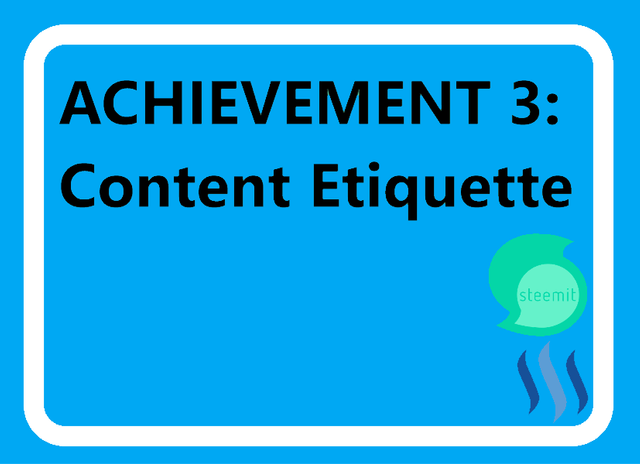What is plagiarism
Plagiarism to present someone else's work or ideas as your own, with or without permission, by including you in your work without your full consent.
Types of plagiarism
Direct plagiarism:
Often, plagiarism involves the acceptance of a portion of another author's writing without the proper reference to the source. Usually the person who copied the text does not change a single word. The cheater may change parts of sentences or replace them with words. However, it is also subject to plagiarism.
Among the various types of cheating, direct plagiarism is the most dangerous. When a cheater copys and pastes a text from another person's work and neglects to mention the source or remove the quotation marks, that means copying directly.
Copying or pasting text in the same way is a serious offense. This duplicate content falls under the category of intentionally written content. It's inappropriate, and the author of the actual content may take disciplinary action against the cheater.
Mosaic plagiarism:
There is another type of plagiarism which is unintentional . In this case, the hacker may refer to the source of the content. However, if he does not approve of the quoted passage or puts it under the correct quotation mark, the author commits a fraud.
It is important to refer to specific source material to suggest writing. If a writer uses the Internet as a source, he should know what not to do, in order to avoid cheating. The most important thing is to correctly identify the source of the work you are talking about.
This type of plagiarism occurs when an author borrows phrases or parts of a particular content without using quotation marks or adding other words to the content without changing the original source structure.
Deliberately putting someone else's work in jeopardy also leads to kind plagiarism. In some cases, copywriters write "by writing" by placing certain parts and then copying and pasting the text or parts into it. It is another kind of plagiarism.
Self-plagiarism:
Copying is one of the most common forms of plagiarism, in which high school students copy and paste a portion of their previously distributed paper. If a student submits the same paper for two different projects without asking the teacher concerned, that is considered plagiarism.
Although cheating does not usually end with major legal action, it may affect the presentation of study papers, research papers.
Accidental plagiarism:
Another common type of cheating involves accidental plagiarism. When a cheater misrepresents a sentence or parts of a text that he or she has taken from an acquisition or does not give the source or the source or the wrong source, those are considered plagiarism. By misrepresentation, even if the name of the work is quoted, the original author may take the action of the disciplinary officer, even if the copying error was unintentional.
How to avoid plagiarism
1:Understand the other person's written or spoken words. Be sure to include these words and / or sentences in quotation marks!
2:Put words spoken or written by someone else. Definition means to rewrite in your own words; resetting or replacing words is still considered plagiarism!
3:Use ideas, opinions, ideas, research, and more that do not belong to you.
4:Use historical, mathematical, or scientific facts or information that does not belong to you.

Please plagiarism was found in your post is either you show the source or remove it from your post.
Downvoting a post can decrease pending rewards and make it less visible. Common reasons:
Submit